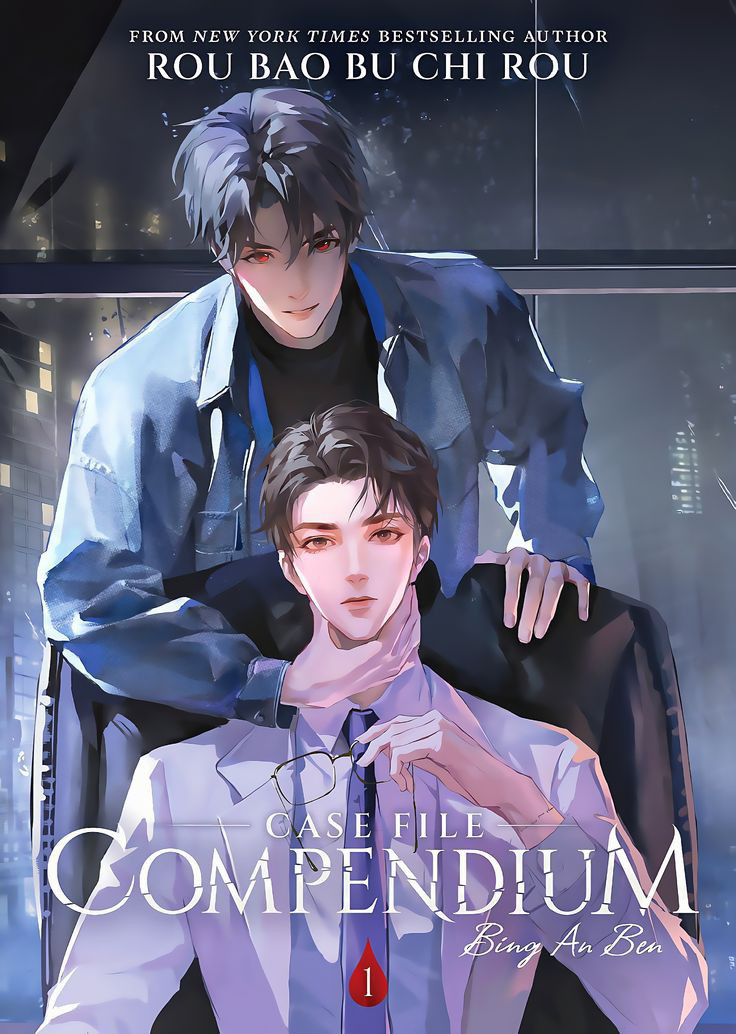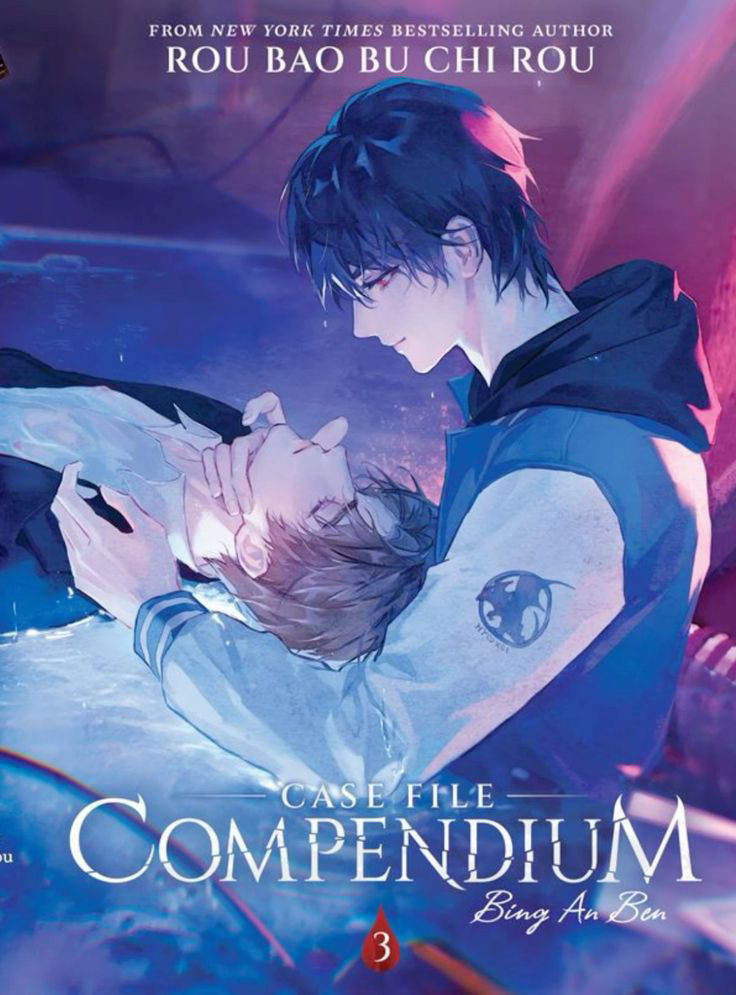Finally, I've finished the third and final book in the Filipino novels I bought at the MIBF last September 13. Even now, after completing it, I can’t really understand the logic behind the cover design. The yellow text on a bright pink background looks like a nightmare that my college professor would have in our graphic designs class. Maybe there’s a meaning to it, but good art should express itself without needing explanation from the artist.
Anyway, this is a book, not a piece of artwork, so I won’t dwell on the cover any further.
True to its classification, this book is for mature readers. There are sex scenes, but they aren’t as hardcore as something you might find in Hellraiser. However, the bullying and torture might be more than a normal person can handle, especially with that scat scene. The author writes with such detail that I could almost smell each scene he describes; yes, I have been to slum areas in Metro Manila, even the ones he mentions in the book. Although they may be fictional, I do remember a place like that in Lower Bicutan.
The story unveils various life situations of people living in the slums of Metro Manila—drugs, prostitution, murder for revenge, blackmail, and abuse of power. One complaint I have is about the slang words used by the author. These include deep Tagalog terms or slang that originated in the slums, like the word parak, which means police. I only know that word because I overheard our house help use it once. There are several other words used that are foreign to me; I have a talent for deducing meanings from context, but not everyone possesses that ability. The author should have included footnotes explaining these words for readers who may not understand them.
The book offers a glimpse into how many people in lower socioeconomic classes live. It reminded me of a Thai movie on Netflix called 4 Kings, which depicts a constant squabble over turf where the original reason for the conflict has long been forgotten, leading to senseless violence.
Overall, it is a compelling read that could be likened to a modern Noli Me Tangere or El Filibusterismo, as it poignantly captures the myriad struggles faced by marginalized individuals in society. The narrative serves as a powerful lens through which we witness the raw realities of oppression, highlighting the resilience and courage of those who dare to challenge the status quo. The book resonates deeply with the socio-political climate of our times, echoing the timeless themes of social injustice and the fight for dignity.
However, it is written in Tagalog, which may limit its appeal to most readers. It might attract students studying social economics or literature, or those within the Filipino literary community, but beyond that, I doubt it will reach its intended audience. If the author wants to convey his message to the "Power Above Us All," he should consider publishing it in English. I understand that some contexts are best expressed in Tagalog, but he could keep those Tagalog words and include footnotes for clarification, allowing for an English book without losing its Tagalog identity.
Honestly, I had conflicting emotions about this book. Did I like it? Did I not? I’m not sure. What became abundantly clear is that it offers a profound perspective on the lives of those living in poverty, shedding light on their daily struggles and the systemic barriers they face. It paints a stark picture of the desperation that drives individuals to make choices that no one should ever have to confront, forcing them into situations that compromise their dignity and humanity. This exploration of the human condition, while uncomfortable, is crucial for understanding the complexities of life in the margins.
Will I buy his books 2 and 3? Maybe; I might at next year's MIBF.








.jpg)



.jpg)
.jpg)
























